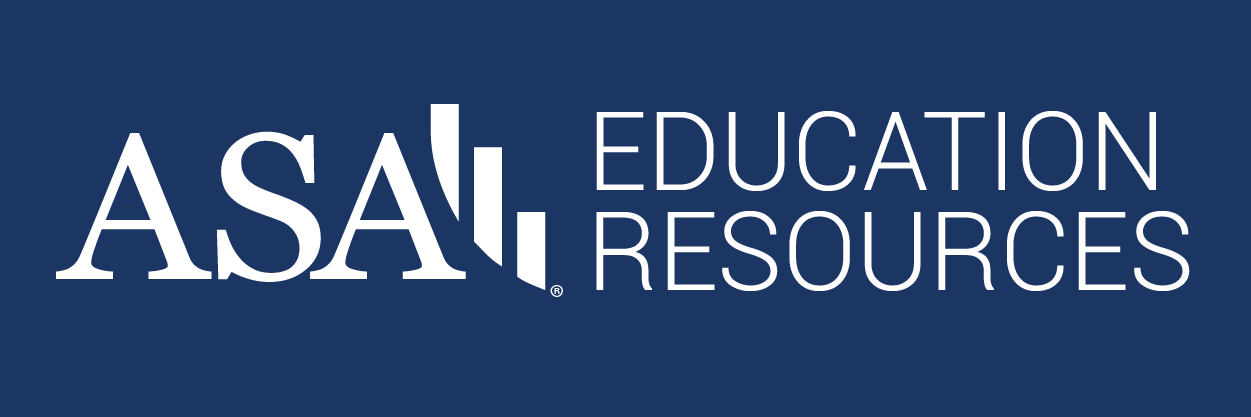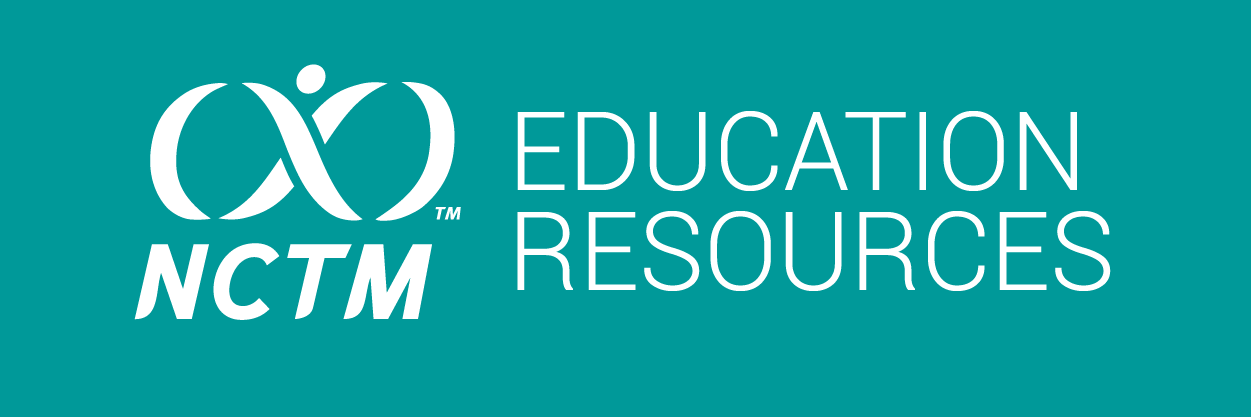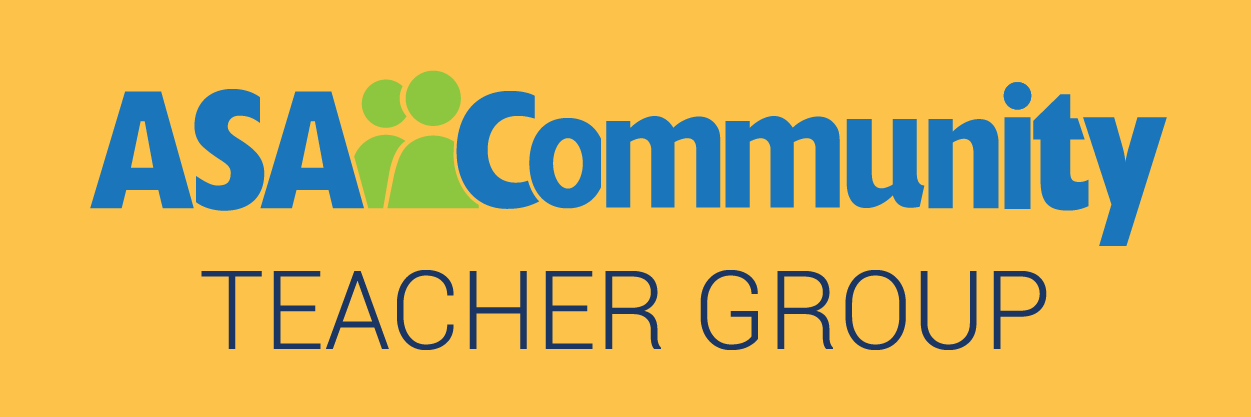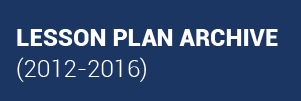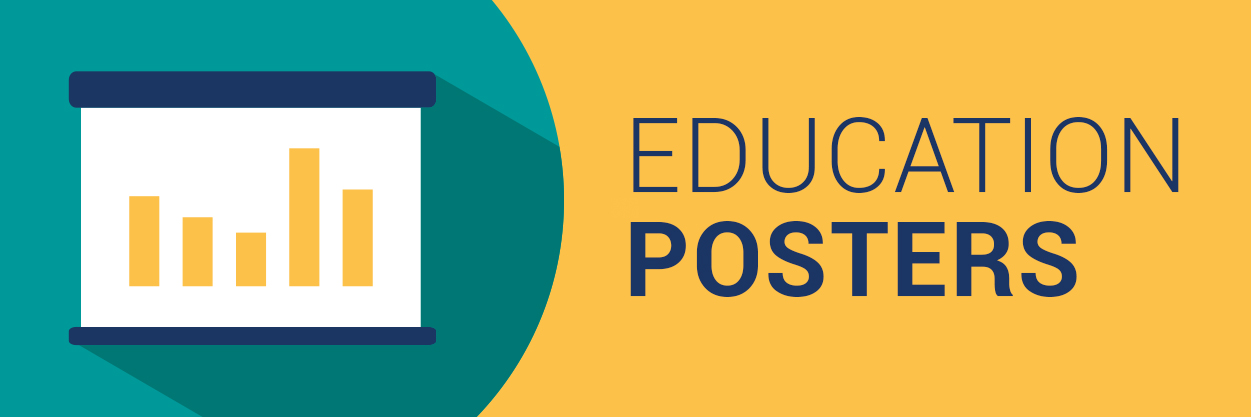Making Sense of Data Visualizations: A Toolkit for Supporting Student Discussions
Advanced data visualizations are changing how we share information, making complex data easier to understand and more engaging. The authors created a simple framework with three steps—exploring the context, understanding the visualization, and connecting it to personal experiences—to help students make sense of these visuals.












